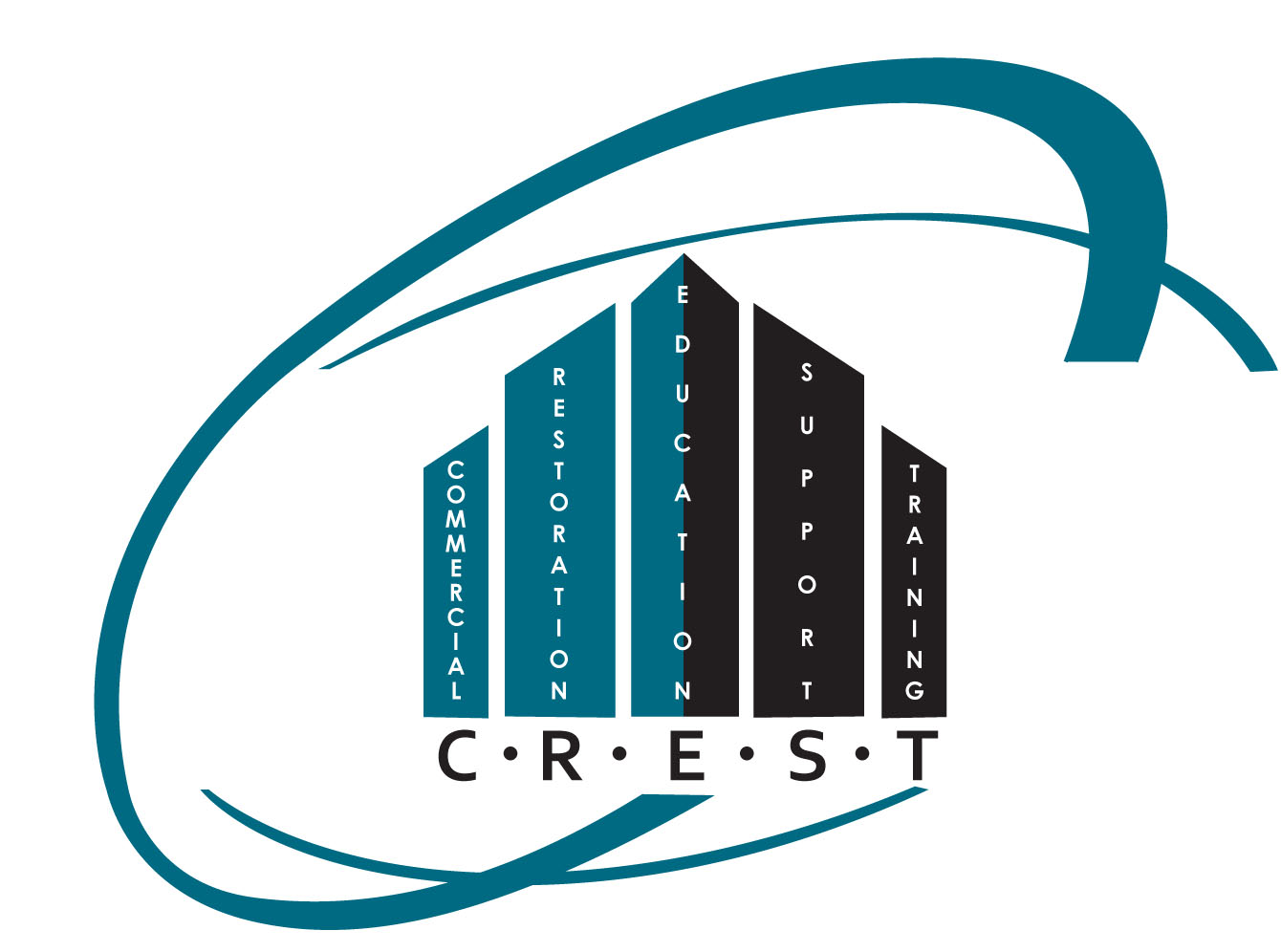
In today’s highly competitive and dynamic business landscape, gaining a competitive advantage is essential for long-term success. Organizations must constantly strive to differentiate themselves from their rivals, capturing the attention of customers, and outperforming their competitors. To achieve this, businesses must employ effective strategies that allow them to stand out, deliver unique value, and continually evolve. In my podcast, I will tell you about the best concepts for gaining a competitive advantage and highlight key approaches that can help businesses achieve and sustain their edge in the market.
First, we need to Understand Competitive Advantage.
A competitive advantage refers to the unique set of attributes and capabilities that enable an organization to outperform its competitors consistently. It is the factor that distinguishes a company from others in the same industry, leading to superior performance, increased market share, and greater profitability. There are two primary types of competitive advantage: cost leadership and differentiation.
Cost leadership involves offering products or services at a lower cost than competitors while maintaining satisfactory quality. Organizations that pursue a cost leadership strategy benefit from economies of scale, efficient operations, and effective supply chain management. By reducing costs, they can offer competitive prices, attract price-sensitive customers, and potentially dominate the market. In the restoration, roofing, carpet cleaning, and general contracting businesses, you’re usually offering a service which is more difficult to achieve.
In the industries listed above, differentiation involves creating unique and valuable services that set a company apart from its competitors. Differentiated services provide customers with enhanced features, superior quality, exceptional customer service, or innovative designs. By focusing on differentiation, organizations can command premium prices, build customer loyalty, and cultivate a distinct brand identity. This approach requires continuous innovation, market research, and understanding customer needs and preferences. It is also more doable, and preferable than cutting prices.

Innovation and Continuous Improvement must be in play. Embracing a culture of innovation enables companies to develop new services and processes that meet evolving customer demands. It involves fostering creativity, encouraging experimentation, and investing in research and development. By staying ahead of market trends, organizations can introduce innovative solutions that differentiate them from competitors.
Another critical factor is Customer Focus. Putting the customer at the center of business operations is vital for gaining a competitive advantage. Understanding customer needs, preferences, and pain points helps tailor services and experiences to exceed expectations. Building strong relationships through personalized interactions, exceptional service, and post-purchase support fosters customer loyalty and differentiation.
Effective Marketing and Branding becomes front and center also. Developing a compelling brand identity and executing effective marketing strategies are crucial for differentiation. Successful branding creates an emotional connection with customers, communicates unique value, and establishes a distinctive market position. A well-defined brand strategy helps organizations stand out and attract customers who resonate with their values and offerings.
Strategic Partnerships and Alliances are recommended as well. Collaborating with other organizations can provide access to complementary resources, expertise, and distribution channels. Establishing strategic partnerships and alliances allows companies to leverage shared strengths, expand market reach, and jointly develop innovative solutions. Such collaborations can result in enhanced competitiveness and differentiation.

Continuous Learning and Adaptability almost goes without saying! In today’s rapidly changing business environment, organizations must embrace a culture of learning, adaptability, and agility. Monitoring industry trends, technology advancements, and competitive landscapes allows companies to proactively adjust their strategies, optimize operations, and stay ahead of rivals. It’s one of the reasons why very successful companies’ contract with a skilled business and marketing coach.
Gaining a competitive advantage requires a multi-faceted approach that combines innovation, differentiation, customer focus, effective marketing, strategic partnerships, and adaptability. By leveraging these strategies, organizations can differentiate themselves from competitors, capture market share, and achieve sustainable success in an increasingly competitive business landscape.

By Dick Wagner, Co-Founder The CREST Network, LLC
Nationally recognized coach, consultant, and trainer.
Creator of the renowned PREP™ pre-disaster program.
Owner of AskDickWagner.com blog
Copyright © 2023 All Rights Reserved – Intellectual property of The CREST Network, LLC
